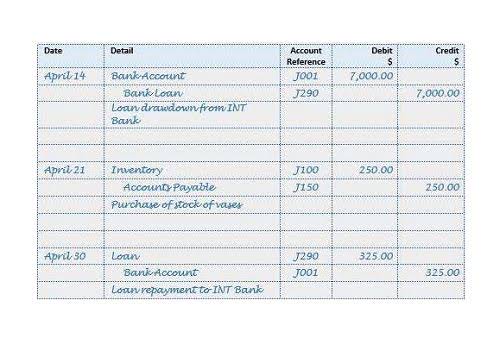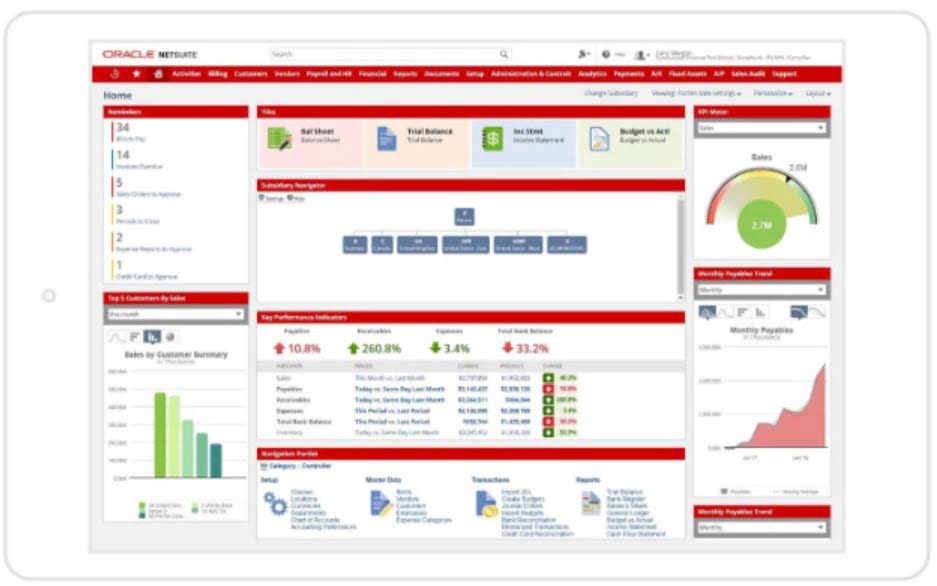How to Prepare a Nonprofit Statement of Cash Flows

Additionally, outsourcing introduces improved internal controls, reducing the risk of financial mismanagement. This approach also allows nonprofits to scale their accounting services as needed, providing flexibility as the organization grows Bookkeeping for Veterinarians or faces changing financial complexities. An agency transaction is a type of exchange transaction whereby the not-for-profit entity receives funds that it must pass onto a third party.

Recap of the Key Points Covered
- Nonprofits, too, can harness the power of AI to amplify their impact, streamline operations, and engage more…
- With your Form 990 in hand, you’ll be showing off your organization’s transparency and proving that you’re a master at making every dollar count.
- Your size, your activities, and your funding sources will all determine which reports you need to run your business effectively.
- Some organizations will even provide a modified statement of cash flow by month over a 12 or 13 months time period as a way of easily picking up on positive and negative trends or historical ups and downs.
It is important to regularly review and update the annual budget based on the actual expenses and revenue generated from these shorter initiatives. Completing this tax form isn’t just about following the rules—it’s about boosting your nonprofit’s credibility and wooing potential donors. With your Form 990 in hand, you’ll be showing off your organization’s transparency and proving that you’re a master at making every dollar count. Many donors—especially major donors—make it a point to hold nonprofits accountable through their 990s. The IRS Form 990 is like a superhero cape for nonprofit accounting teams, helping them maintain their tax-exempt status and save the day with the federal government. Some states even require a copy to make sure organizations are nailing their state charitable registration requirements.

Get A Free Financial Check Up
But because nonprofits are focused on their mission over profits, they instead use a statement of activities. This document breaks down your revenue streams unearned revenue and your expenses by classification (fundraising expenses, office supplies, and so on), so you can determine your net assets and ensure you’re staying on budget. And that’s why nonprofit accounting emphasizes transparency and accountability to donors and stakeholders. As a result, nonprofits need to undergo regular internal audits and submit key tax forms and financial statements to prove funds are funding their mission and making the world a little bit brighter. Effective cash flow management is crucial for nonprofit organizations to ensure they have the necessary funds available to meet their mission-critical objectives. This section of the article will outline strategic recommendations for managing cash effectively and discuss the importance of regular cash flow analysis and forecasting.

Statement of Activities (SOA): A Nonprofit’s Income Statement Equivalent
If your nonprofit sells an asset at a price that is lower than the asset’s book value, there was a loss on the sale of the asset. For instance, if you sold a lawn mower for $75 and its value was $100, there was a loss of $25, which is listed on the income statement. However, this is not a cash outflow, so the value of the loss will be added back to net income. Set guidelines for creating financial statements with our Nonprofit Financial Reporting Policy Template.
- As shown, there are multiple transactions that require special attention during the preparation of a not-for-profit’s statement of cash flows.
- The method you choose to compile financial reports is less important than ensuring accuracy.
- Operating expenses are your employees’ salaries and the amount spent on equipment and supplies.
- Your nonprofit cash flow statement is an important financial document that can give you insights into your organization’s financial health.
- Regular analysis and strategic cash management are integral to a nonprofit’s success, enabling it to navigate the complexities of financial operations in the nonprofit sector.
- Additionally, developing a strong volunteer program can help offset certain overhead costs by engaging skilled volunteers in tasks that might otherwise require paid staff.
- The accounting method under which revenues are recognized on the income statement when they are earned (rather than when the cash is received).
1 Operating
If you’re looking for help with your nonprofit statement of cash flows, we recommend reaching out to Jitasa accountants. Our trained accounting professionals will not only help your organization nonprofit cash flow statement compile an accurate report, but we’ll also help you interpret the findings from it. A nonprofit statement of cash flows is a financial report that shows how cash moves in and out of an organization on a regular basis. Keep your financial documentation organized so that you can easily look back at your nonprofit statements of cash flows over time to draw long-term conclusions. You can leverage the example at the end of this article as a template on which to base your own cash flow statement.

Just like the initial receipt of the restricted contribution, the investment income earned on these endowment funds, which is restricted for long-term purposes, must be reported as a financing activity. The final step in drafting a comprehensive statement of cash flows using the indirect method involves including supplemental information that provides further insights into the financial activities of the nonprofit. This includes specific details on the cash paid for interest and taxes, which are significant because they reflect actual cash transactions affecting the financial health of the organization. Additionally, any changes in net assets that result from restrictions being lifted or imposed must also be considered to adjust the net income to the net cash provided by operating activities. This financial statement reports the revenues and expenses and the changes in the amounts of each of the classes of net assets during the period shown in its heading. This statement is issued by a nonprofit instead of the income statement issued by a for-profit business.